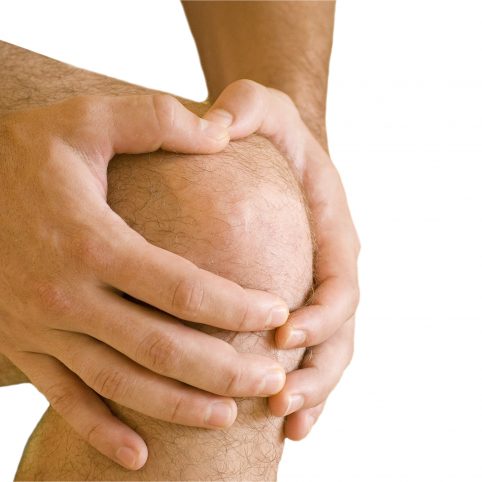Prophylaxis with factor concentrates has been shown, if started early enough, to reduce the effects of haemophilic arthropathy. However, many adults with severe haemophilia did not have the benefits of prophylaxis as children and therefore, have significant joint disease and other factors associated with repeated bleeding joints such as deformity, muscle weakness, and impaired balance. These can cause difficulty with mobility and result in pain on a regular basis. Also, the combination of joint disease and advancing age can leave people with haemophilia at an increased risk of falls and social isolation due to reduced mobility. To keep joints in the best possible shape as we get older requires a co-ordinated approach.
Firstly, using appropriate pain relief for arthropathy if required. Options that are common in people with haemophilia are:
-
Paracetamol (used cautiously in patients with concomitant liver disease).
-
COX-2 inhibitors (these are an anti-inflammatory drug that has minimal effect on platelet function).
Note: Paracetamol and COX-2 inhibitors can cause bleeding in the stomach and it is important that their use is monitored carefully by your treatment centre.
Other methods of pain relief, such as rest-ice-compression-elevation (RICE), splinting and walking aids (e.g. crutches, canes, orthotics, etc) are reliable and can provide some help when carrying out daily activities. Also, light daily exercise and physiotherapy are important with joints that have severe or repeated bleeds.
Joint bleeding accounts for more than 90% of all serious bleeding events in persons with severe haemophilia. This risk of bleeding persists throughout life, and the potential benefits of prophylaxis in some form may be experienced by all age groups. The use of prophylaxis in adulthood has increased in recent years. It may be recommended to continue, restart, or even start prophylaxis on an ongoing basis or a short term basis for a number of reasons. This will help to:
-
Prevent bleeds.
-
Preserve joint function or slow down the progression of joint damage.
-
Relieve pain associated with bleeding and/or synovitis.
-
Allows for gentle exercise and reconditioning.
There is some evidence that bleeds can increase after the age of 50 and prophylaxis will reduce the likelihood of this happening. A synovectomy can also be used to maintain joint function and/or reduce pain in target joints. Steroid injections and total joint replacement are other interventions for relieving severe pain and disability. The results of hip and knee joint replacement surgery in people with haemophilia, under 55 years old, are similar to the general population. It is important to note that people with haemophilia, particularly those with HIV, may be at increased risk for infectious and non-infectious complications after surgery.
Finally, being overweight can put extra strain on your joints, which can lead to further problems with arthritis, so trying to maintain an ideal body weight is important for preserving joint health.
There may be an increased risk of osteoporosis in individuals with haemophilia. As a result, this may make the replacement of joints more problematic. Another aspect of ageing is that although prophylaxis may prevent haemophilic arthropathy, it is unlikely to have an impact on the most common type of arthropathy in older individuals, i.e. degenerative or osteoarthritis.
The best prevention is to build up peak bone density by 35 years of age. However, if osteoporosis has already developed it is possible to prevent further deterioration and reduce the risk of fractures by:
-
Exercise: weight-bearing exercise may help to retain minerals in the bone. Activities such as walking, hiking, swimming, and pilates are low impact and may improve bone density and lower the risk for developing bone disease.
-
Lifestyle changes: remove risk factors such as smoking and moderate alcohol and caffeine intake. Diet containing calcium, phosphate and vitamin D will help to improve bone strength.
-
Medication: a specialist doctor may advise firstly taking calcium and vitamin D supplements, but if the fracture risk is significantly increased, other drugs are available.
-
Steroids: should be avoided if possible.
-
Surgery: may be required, especially if a joint is damaged.


